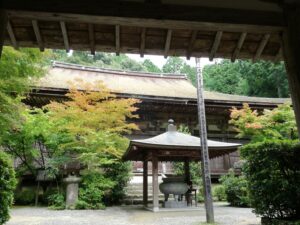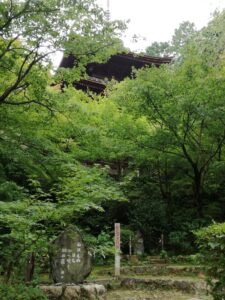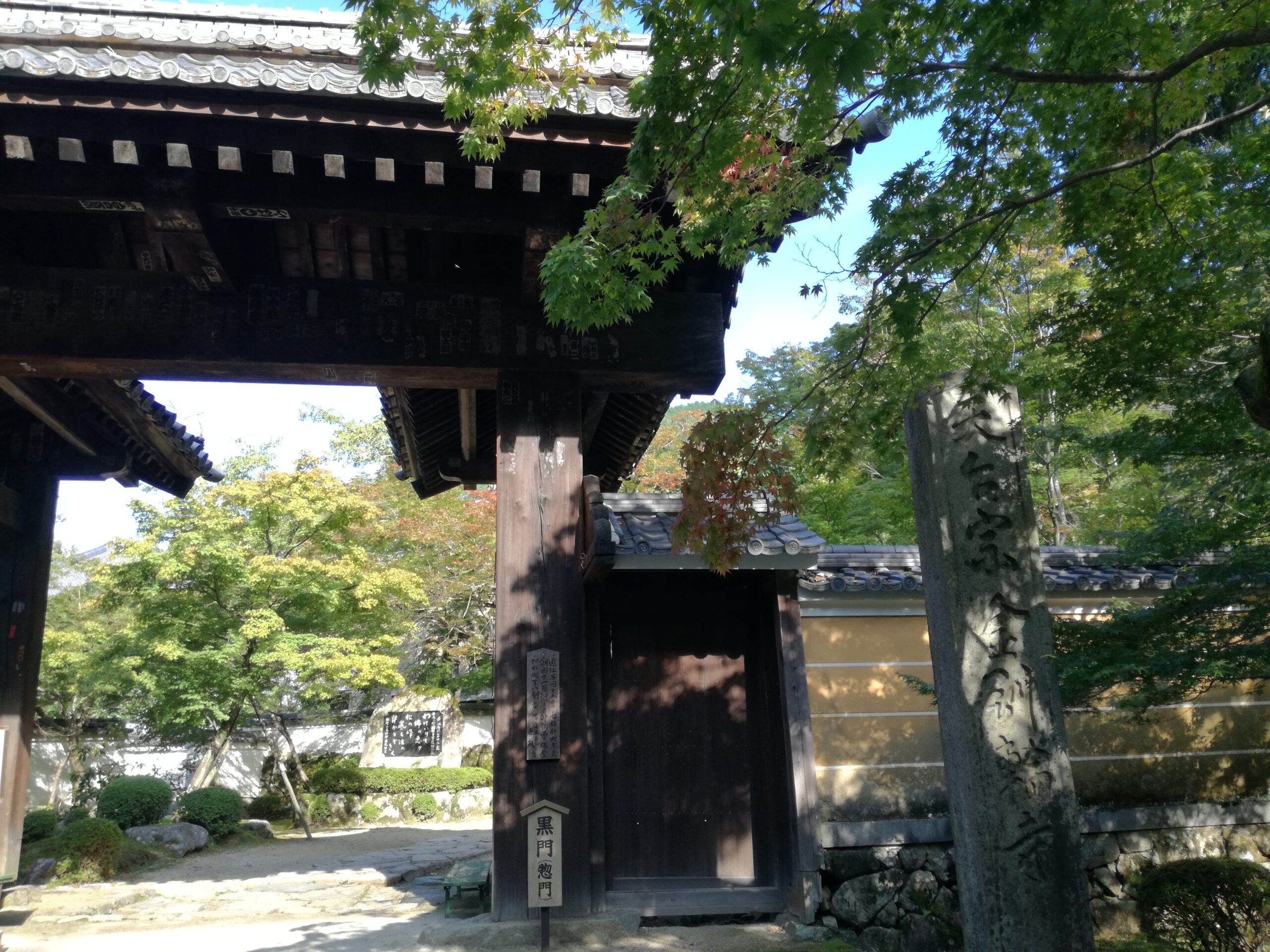Sorry to take so long to update my blog and thank you for visiting.
Kongorin-ji Temple was established in 741, the Nara period, by Gyoki by the order of the Emperor Shomu. Sho-kannon Statue, the principal image of Kongorin-ji Temple, was carved by Gyoki who is said to have prayed three times after every stroke of his blade and was unveiled. There is a legend that Sho-kannon Statue shedded blood after a stroke of Gyoki’s blade. Therefore, Sho-kannon Status in this temple is also called living Kannon statue.
During the period from 848 to 851, Jikaku-Daishi, Ennin, who was an apprentice of Saicho who was a founder of Japanese Tendai Sect came here from Enryaku-ji Temple, Mt. Hieizan, and opened a training hall in Kongorin-ji Temple. Since then, Kongorin-ji Temple became a temple of Tantric Buddhism of the Tendai Sect of Buddhism.

Main Hall of Kongorin-ji Temple (National Treasure)
The main hall of Kongorin-ji Temple was built in the Muromachi period (1336 – 1573) and designated as a Japanese National Treasure in 1952. Another name of the main hall is Daihikaku and it has several statues of Buddha which were designated as Japanese important cultural properties.

Three-Storied Pagoda of Kongorin-ji Temple
The three-storied pagoda and Nitenmon Gate were also built in the Muromachi period and designated as Japanese important cultural properties.
Also, there is a beautiful Japanese garden inside of the temple called Myojuin which is said as the best in Shiga Prefecture.

Myojuin Garden through head temple quarters
You can see the garden through head temple quarters. It looks like a photo in a picture frame. This garden was made in the Momoyama period through the end of the Edo period and designated as a scenic spot. In the spring, you can enjoy rhododendrons in the garden, in the summer, you can enjoy bigleaf hydrangea in the garden, in the autumn, you can enjoy the autumn leaves called blood-stained red leaves here, and in the winter, you can enjoy sasanquas.
In any seasons, you can enjoy the Japanese garden in Myojuin, Kongorin-ji Temple.




Comments